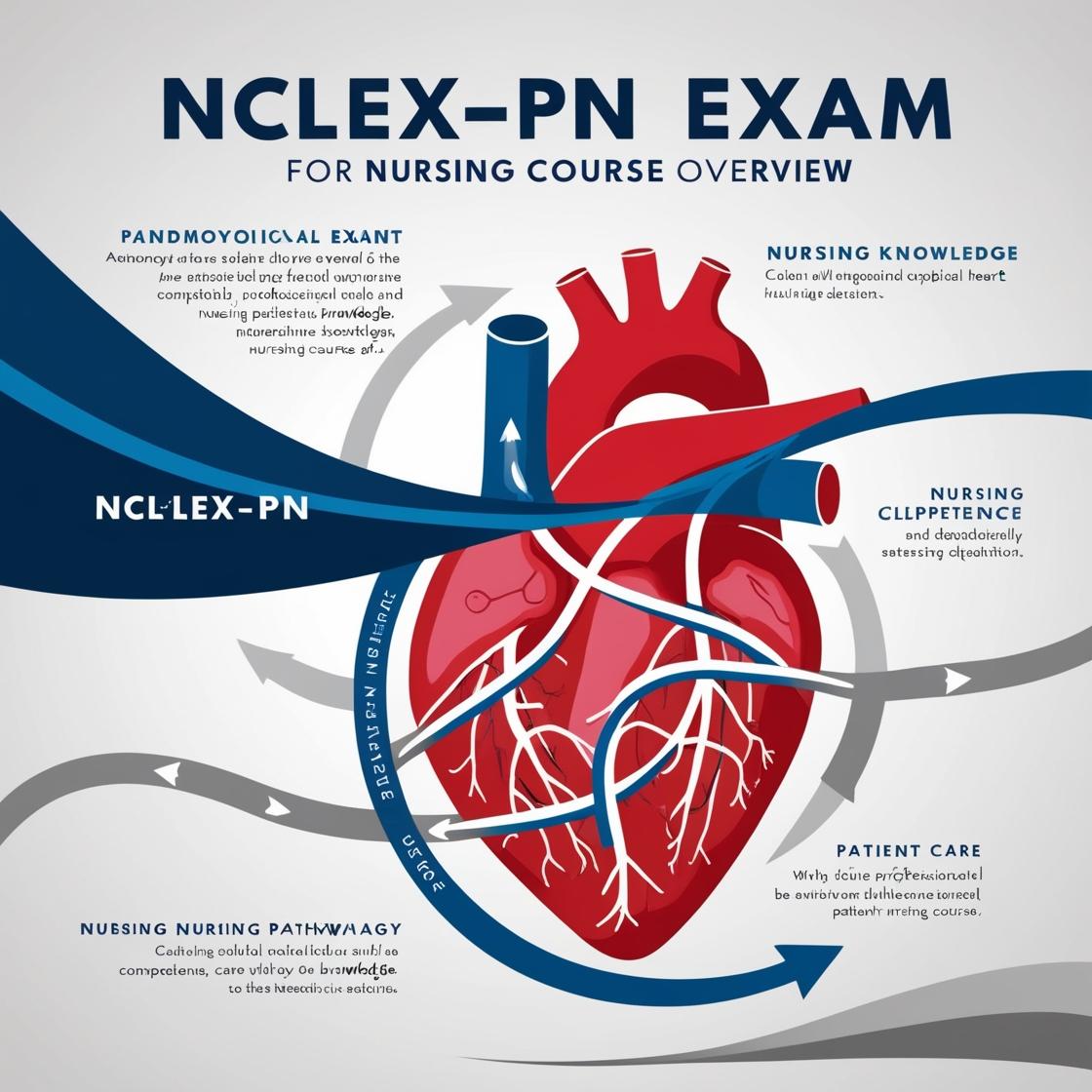NCLEX NCLEX-PN
NCLEX-PN Quizlet 2023
1. Which of the following injuries, if demonstrated by a client entering the Emergency Department, is the highest priority?
- A. open leg fracture
- B. open head injury
- C. stab wound to the chest
- D. traumatic amputation of a thumb
Correct answer: C
Rationale: A stab wound to the chest might result in lung collapse and mediastinal shift that, if untreated, could lead to death. Treatment of an obstructed airway or a chest wound is a higher priority than hemorrhage. The principle of ABC (airway, breathing, and circulation) prioritizes care decisions. In this scenario, the stab wound to the chest poses the highest risk to the client's life as it can lead to severe complications such as lung collapse and mediastinal shift. Addressing this injury promptly is crucial to prevent further harm or potential fatality. Open leg fracture, open head injury, and traumatic amputation of a thumb, while serious, do not pose an immediate life-threatening risk compared to a stab wound to the chest.
2. What is an appropriate intervention for the client with suspected genitourinary trauma and visible blood at the urethral meatus?
- A. Insertion of a Foley catheter.
- B. Performing an in-and-out catheter specimen for urinalysis.
- C. Obtaining a voided urine specimen for urinalysis.
- D. Ordering a urinalysis by the physician.
Correct answer: D
Rationale: When a client presents with suspected genitourinary trauma and visible blood at the urethral meatus, obtaining a voided urine specimen for urinalysis is an appropriate intervention. This helps assess for any urinary tract injuries or abnormalities without further traumatizing the area. Insertion of a Foley catheter (Choice A) should be avoided as it can worsen the existing trauma. Performing an in-and-out catheter specimen (Choice B) involves unnecessary manipulation and can increase the risk of complications. Ordering a urinalysis by the physician (Choice D) may delay the assessment compared to obtaining a direct voided urine specimen.
3. Why must the nurse be careful not to cut through or disrupt any tears, holes, bloodstains, or dirt present on the clothing of a client who has experienced trauma?
- A. The clothing is the property of another and must be treated with care.
- B. Such care facilitates repair and salvage of the clothing.
- C. The clothing of a trauma victim is potential evidence with legal implications.
- D. Such care decreases trauma to the family members receiving the clothing.
Correct answer: C
Rationale: The correct answer is C. Trauma in any client, living or dead, has potential legal and/or forensic implications. Clothing, patterns of stains, and debris are sources of potential evidence and must be preserved. Nurses must be aware of state and local regulations that require mandatory reporting of cases of suspected child and elder abuse, accidental death, and suicide. Each Emergency Department has written policies and procedures to assist nurses and other health care providers in making appropriate reports. Physical evidence is real, tangible, or latent matter that can be visualized, measured, or analyzed. Emergency Department nurses can be called on to collect evidence. Health care facilities have policies governing the collection of forensic evidence. The chain of evidence custody must be followed to ensure the integrity and credibility of the evidence. The chain of evidence custody is the pathway that evidence follows from the time it is collected until it has served its purpose in the legal investigation of an incident. Choices A, B, and D are incorrect because they do not address the crucial aspect of preserving potential evidence with legal implications that may be present on the clothing of a trauma victim.
4. How can the nurse promote relief of muscle pain, spasms, and tension?
- A. Encouraging the client to continue their activities as usual.
- B. Immobilizing the client.
- C. Applying heat, cold, pressure, or vibration to the painful area.
- D. Administering pain medication as needed to ease the muscle.
Correct answer: C
Rationale: To promote relief of muscle pain, spasms, and tension, the nurse should consider applying heat, cold, pressure, or vibration to the painful area. These interventions can help alleviate pain associated with muscle tension, pain, or spasms. Choice A is incorrect because encouraging the client to continue their activities as usual may exacerbate the pain. Choice B is incorrect as immobilizing the client may not address the underlying issue and could potentially lead to further complications. Choice D is also incorrect because while pain medication can be used, it is not the first-line treatment for muscle pain, spasms, and tension.
5. Which of the following diseases or conditions is least likely to be associated with an increased potential for bleeding?
- A. metastatic liver cancer
- B. gram-negative septicemia
- C. pernicious anemia
- D. iron-deficiency anemia
Correct answer: C
Rationale: Pernicious anemia is least likely to be associated with an increased potential for bleeding. Pernicious anemia results from vitamin B12 deficiency due to a lack of intrinsic factor, leading to faulty absorption from the gastrointestinal tract. While pernicious anemia can lead to other health issues, bleeding tendencies are not a primary concern. Metastatic liver cancer (choice A) can cause liver dysfunction leading to decreased synthesis of clotting factors, increasing the risk of bleeding. Gram-negative septicemia (choice B) can lead to disseminated intravascular coagulation (DIC) causing excessive bleeding. Iron-deficiency anemia (choice D) can result in microcytic hypochromic red blood cells, which can impair oxygen transport and lead to tissue hypoxia, but it is not directly associated with a significant potential for bleeding.

Access More Features
NCLEX PN Basic
$69.99/ 30 days
- 5,000 Questions with answers
- Comprehensive NCLEX coverage
- 30 days access
NCLEX PN Premium
$149.99/ 90 days
- 5,000 Questions with answers
- Comprehensive NCLEX coverage
- 90 days access
